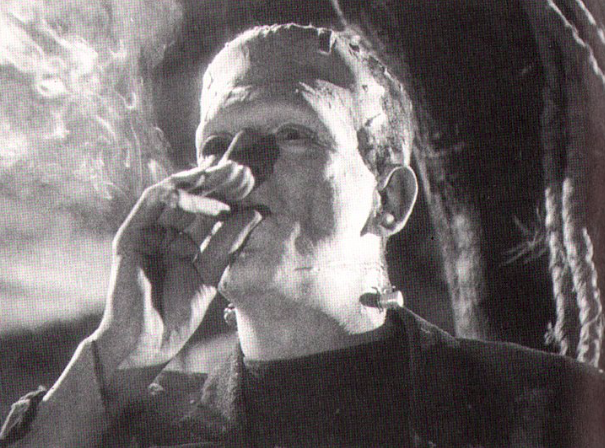I read the book this week and recognized many of the films. Back to the Future, Goodfellas, Fargo, and Twin Peaks were some of the ones I recognized. This decade was a prosperous one for cinema, one that served to become an emblem of American culture. It is noteworthy though, how the 80’s was also a time of fear. People were afraid of their health status, as the outbreak of AIDS had occurred in the 80’s. The AIDS epidemic was gathering attention from attention from the public after actor Rock Hudson was diagnosed with the disease. An actor being diagnosed with AIDS brought to light the humanity of celebrities, as well as providing a sharp reminder that mankind is vulnerable no matter the status or level of fame.
The 80’s was also a decade a time that appealed highly to fantasy. George Lucas and Steven Spielberg were two of the most iconic directors of the 80’s, as they were known for the legendary works of Star Wars and Jaws. Hollywood would see a sudden increase in profit after the release of these movies. The genre of fantasy was most prominent during this decade, and it served to cultivate the most profit for Hollywood during this time. Modern-day works such as The Avengers are just one of the works that have capitalized from the fantasy genre. The younger generation was captivated by portrayals of the good against evil archetype with movies such as Deer Hunter and Coming Home, which also faced the aspect of realistic danger and conflict. They focused on the effects of the Vietnam War. The 80’s was a decade that provided fantasy entertainment as well as a dose of realistic confrontation.
The movie Deer Hunter was directed by Michael Cimino, and it centers on a group of three men from Pennsylvania who experience the atrocities of the Vietnam War firsthand. This film received critical acclaim and won five Oscars in 1978. People were taken aback and shocked by the levels of violence and torture that was shown in the film. It was unprecedented and impacting how this movie managed to capture the horrors of the war and show the effects it had on people. This was an anti-war film that went against the norms of the time. People wanted peace back then and war was pretty much the only way to secure peace. This was a film that elucidated the exact brutality of the gritty nature of war. People wanted to try and ignore the AIDS epidemic as well as the effects of Vietnam, that is until a popular actor was afflicted by the disease.
When Rock Hudson died from AIDS in 1985, it caused a major panic in Hollywood as his death gained much coverage. Directors such as Adrian Lyne then created films that delivered the message to fear unprotected sex so that one does not contract AIDS like beloved Hudson. The film Fatal Attractions also gained fame for the switching of gender roles. The film had the lead male display more meek and sensitive qualities, while the female lead would show more masculine qualities. The film was also groundbreaking in the sense that it went against the social norms in the ways that they depicted masculinity and femininity.



